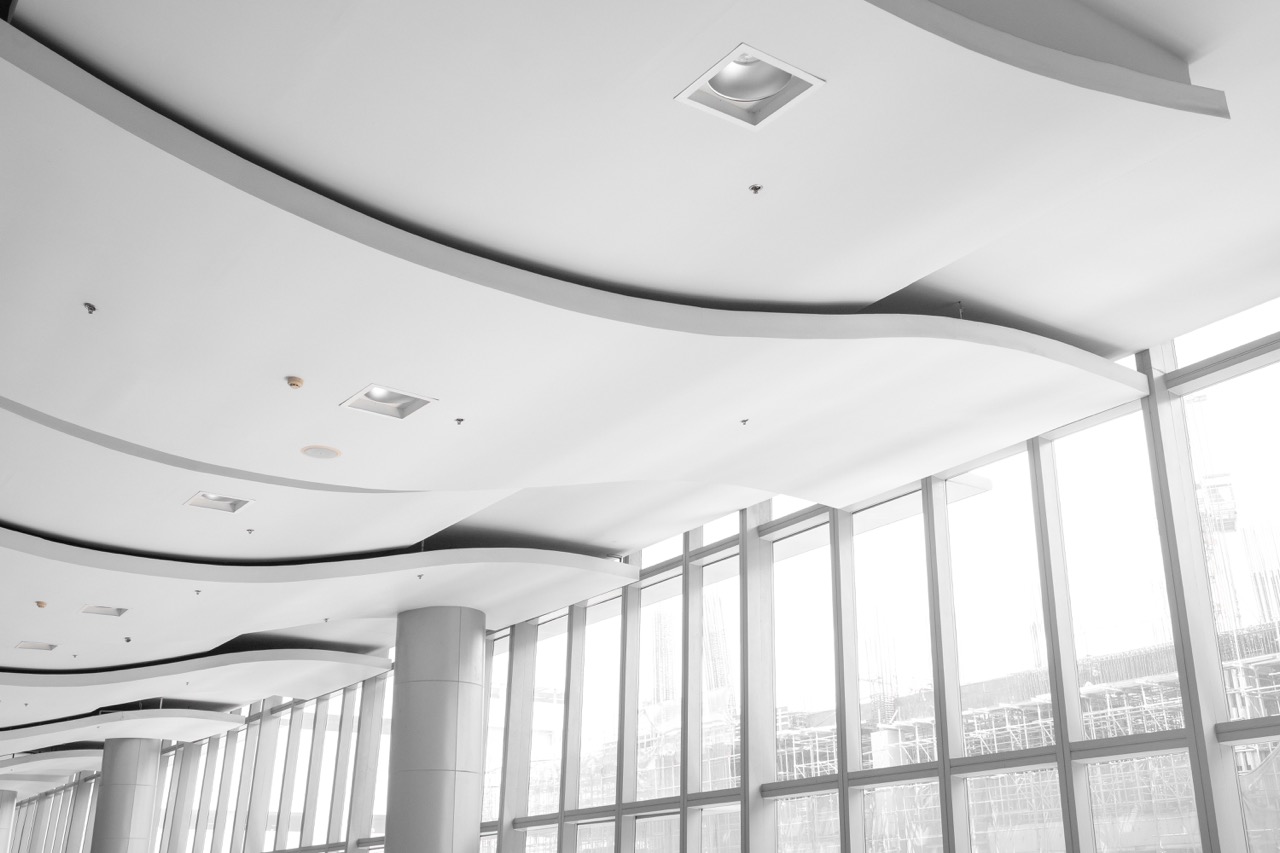

Articles
What Is An Acoustical Ceiling
Modified: December 7, 2023
Learn all about acoustical ceilings and how they can enhance the sound quality in your space. Explore our informative articles to find out more.
(Many of the links in this article redirect to a specific reviewed product. Your purchase of these products through affiliate links helps to generate commission for Storables.com, at no extra cost. Learn more)
Introduction
Welcome to the world of acoustical ceilings! If you’re looking to improve the overall acoustics and aesthetics of a space, then acoustical ceilings are the solution you need. This article will provide you with a comprehensive understanding of acoustical ceilings, including their definition, benefits, types, installation process, maintenance, and common issues. So, let’s dive in and explore the fascinating world of acoustical ceilings!
An acoustical ceiling, also known as a sound-absorbing or suspended ceiling, is a type of ceiling that is designed to improve sound quality and reduce noise levels in a room. These ceilings are made from various materials that help absorb sound waves, preventing them from bouncing off hard surfaces and creating echoing or reverberation.
One of the main advantages of acoustical ceilings is their ability to create a more comfortable and pleasant environment by reducing noise pollution. Whether it’s in an office, educational facility, healthcare setting, or even a residential space, acoustical ceilings provide a quieter atmosphere that promotes focus, productivity, and relaxation.
Additionally, acoustical ceilings offer aesthetic benefits. They come in a wide range of styles, designs, and colors, allowing you to choose a ceiling that complements the overall design scheme of your space. From sleek and modern to traditional and elegant, there’s an acoustical ceiling that can enhance the visual appeal of any room.
Key Takeaways:
- Acoustical ceilings offer a dual advantage of enhancing sound quality and reducing noise levels, while also providing aesthetic appeal through a variety of designs, colors, and finishes.
- Regular maintenance and prompt addressing of common issues such as sagging, water damage, and poor acoustic performance are essential to ensure the longevity and optimal performance of acoustical ceilings.
Read more: What Are Acoustic Panels
Definition of an Acoustical Ceiling
An acoustical ceiling, also referred to as a suspended ceiling or a sound-absorbing ceiling, is a type of ceiling system specifically designed to improve the acoustics of a space by reducing noise levels and enhancing sound quality. It is constructed using a combination of sound-absorbing materials that help to minimize reverberation and echo within a room.
Unlike traditional ceilings that are directly attached to the structural components of a building, acoustical ceilings are suspended from the actual ceiling through a grid system. This grid system consists of metal channels or tracks that are installed in a parallel formation, with cross tees inserted to create the shape and layout of the ceiling. The sound-absorbing tiles or panels are then placed within the grid, covering the entire ceiling surface.
The primary purpose of an acoustical ceiling is to control and manipulate sound within a room. By absorbing sound waves and reducing their reflection, these ceilings help to achieve a more balanced and even sound distribution, creating a more comfortable and enjoyable acoustic environment.
Acoustical ceilings are commonly used in a wide range of settings, including offices, schools, hospitals, theaters, recording studios, and even residential spaces. They are particularly beneficial in spaces where communication, concentration, and privacy are important, as they can minimize distractions and enhance speech intelligibility.
It’s important to note that acoustical ceilings are not just limited to their sound-absorbing properties. They can also contribute to the overall aesthetics of a space. With various designs, patterns, and colors available, they can be customized to suit the desired style and ambiance of any room.
Benefits of Acoustical Ceilings
Acoustical ceilings offer a wide range of benefits that make them a popular choice in various settings. Let’s explore some of the key advantages of incorporating acoustical ceilings into your space:
- Noise Reduction: One of the primary benefits of acoustical ceilings is their ability to reduce noise levels within a room. These ceilings are designed to absorb sound waves, preventing them from bouncing off hard surfaces and creating echoes or reverberations. By controlling noise, acoustical ceilings create a quieter environment, improving focus, productivity, communication, and overall well-being.
- Improved Speech Intelligibility: In environments where clear communication is essential, such as classrooms, conference rooms, or auditoriums, acoustical ceilings can greatly enhance speech intelligibility. By reducing background noise and eliminating excessive reverberation, these ceilings ensure that words are easily understood, enhancing effective communication and minimizing listener fatigue.
- Enhanced Sound Quality: Acoustical ceilings create a more balanced and even sound distribution by absorbing sound waves and minimizing reflections. This improves the overall sound quality in a space, making it ideal for music studios, theaters, and performance venues where accurate sound reproduction is crucial.
- Aesthetically Pleasing: Acoustical ceilings come in a wide variety of styles, designs, and finishes. This allows you to choose a ceiling that not only improves acoustics but also enhances the overall aesthetics of your space. From sleek and modern designs to more traditional options, acoustical ceilings can add a touch of elegance and sophistication to any room.
- Energy Efficiency: Acoustical ceilings can contribute to energy efficiency by improving insulation. The tiles or panels used in these ceilings often have a high thermal resistance, helping to reduce heat loss or gain through the ceiling. This can lead to energy savings and a more comfortable indoor environment.
- Easier Access to Utilities: The suspended grid system of acoustical ceilings provides convenient access to overhead utilities, such as electrical wiring, HVAC systems, and plumbing. This makes it easier to perform maintenance and repairs, saving time and minimizing disruptions to daily operations.
Overall, acoustical ceilings offer a host of benefits, including noise reduction, improved speech intelligibility, enhanced sound quality, aesthetic appeal, energy efficiency, and easy access to utilities. Whether you’re looking to create a productive office environment, a peaceful healthcare facility, or a captivating performance space, acoustical ceilings are a valuable investment that can greatly enhance the functionality and ambiance of your space.
Types of Acoustical Ceilings
Acoustical ceilings come in various types, each offering unique features and benefits. Let’s explore some of the most common types of acoustical ceilings:
- Drop-in Acoustic Panels: Drop-in acoustic panels are a popular choice for acoustical ceilings. These panels are designed to fit into a grid system, allowing for easy installation and removal. They come in different sizes and designs, and they are available in various materials, including fiberglass, mineral fiber, and perforated metal. Drop-in acoustic panels offer excellent sound absorption properties and can seamlessly blend with the overall decor of a room.
- Suspended Cloud Ceilings: Suspended cloud ceilings are large, floating panels that can be suspended at different heights in a space. These panels are often aesthetically pleasing and can create a dramatic visual effect. Suspended cloud ceilings not only provide sound absorption but can also be used to define different areas within a room or to enhance the overall design scheme.
- Baffles: Acoustic baffles are rectangular or cylindrical panels that are suspended vertically from the ceiling. They are commonly used in large and open spaces, such as gymnasiums or auditoriums, to control excessive noise and reverberation. Baffles are highly effective in absorbing sound and can be arranged in various patterns to achieve the desired acoustic results.
- Stretch Systems: Stretch systems, also known as fabric track systems, consist of a fabric membrane that is stretched across a frame and then attached to the ceiling. This type of acoustical ceiling offers excellent sound absorption properties and allows for customization with different fabric colors and patterns. Stretch systems are often used in spaces where aesthetics are as important as acoustics, such as theaters, restaurants, and high-end offices.
- Absorption Plaster Ceilings: Absorption plaster ceilings are made from a special sound-absorbing plaster material that is applied directly to the ceiling surface. These ceilings provide seamless integration with the architecture of a space and have exceptional sound absorption qualities. Absorption plaster ceilings are particularly suitable for spaces with specific architectural requirements or where a customized, seamless look is desired.
These are just a few examples of the types of acoustical ceilings available. It’s important to assess the specific requirements of your space and consult with professionals to determine the most suitable type of acoustical ceiling that will meet your needs. Each type has its own unique advantages and can be tailored to enhance both the acoustics and aesthetics of your environment.
An acoustical ceiling, also known as a drop ceiling, is a secondary ceiling installed below the main structural ceiling. It is designed to improve sound quality and reduce noise by absorbing and blocking sound. When installing an acoustical ceiling, be sure to consider the type of tiles and grid system to best suit your space and acoustical needs.
Installation Process of Acoustical Ceilings
The installation of acoustical ceilings requires careful planning and precise execution. While it is recommended to hire professionals for the installation process, it’s still helpful to understand the general steps involved. Below is an overview of the typical installation process of acoustical ceilings:
- Preparation: Before the installation begins, the existing ceiling and surrounding areas need to be properly prepared. This involves removing any fixtures, lighting, or obstacles that could obstruct the installation process. It is important to ensure that the area is clean and free from any debris.
- Measurement and Planning: Accurate measurements of the space are crucial to determine the required materials and ensure a precise installation. The dimensions of the room, including height, length, and width, are taken into account. Any specialized requirements, such as access points for utilities or specific design features, are also considered during this phase.
- Installation of the Grid System: The first step in installing an acoustical ceiling is to position and secure the metal tracks or channels that form the grid system. These tracks are hung from the existing ceiling using hangers or wires. The tracks are carefully aligned and adjusted to create a level and straight grid layout. Cross tees are then inserted into the tracks to create the desired pattern and size of the ceiling grid.
- Installation of the Acoustic Panels or Tiles: Once the grid system is in place, the acoustical panels or tiles are installed. These panels are carefully fitted into the openings created by the grid system. The panels can be easily inserted and secured in place using clips, adhesive, or other specialized fastening systems. The panels should align properly, creating a seamless and uniform appearance.
- Finishing Touches: After the panels or tiles are installed, the installation team will ensure that all edges and joints are properly finished. This involves cutting and trimming the panels to fit specific areas, such as corners or edges. Any visible gaps or seams are meticulously sealed and smoothed for a polished and professional look.
- Integration of Lighting and Fixtures: Once the acoustical ceiling is in place, lighting fixtures, air vents, speakers, and other fixtures can be integrated into the ceiling grid. This is done by cutting the appropriate openings and securely mounting the fixtures within the grid system. Care is taken to ensure that the fixtures are properly aligned and flush with the surface of the ceiling.
- Final Inspection: Once the installation is complete, a final inspection is conducted to ensure that the acoustical ceiling meets the desired standards of quality and performance. The installation team checks for any flaws, inconsistencies, or areas that may require further adjustment or repair. This inspection ensures that the installation is finished to the highest level of satisfaction.
It is worth noting that the installation process may vary depending on the specific type of acoustical ceiling system chosen and the unique requirements of the space. Hiring experienced professionals for the installation ensures that the process is done accurately and efficiently, resulting in a well-crafted and visually appealing acoustical ceiling.
Read more: How To Hang Acoustic Panels On The Ceiling
Maintenance and Care of Acoustical Ceilings
Maintaining and caring for acoustical ceilings is essential to ensure their longevity, performance, and aesthetics. While acoustical ceilings are designed to be durable and low-maintenance, regular upkeep is necessary to keep them in optimal condition. Here are some maintenance and care tips for acoustical ceilings:
- Regular Cleaning: Regular cleaning is crucial to prevent the buildup of dust, dirt, and other particles on the acoustical ceiling surface. Use a soft brush or vacuum cleaner with a brush attachment to gently remove loose debris. Avoid using abrasive materials or harsh chemicals that may damage or discolor the ceiling tiles. It is recommended to follow the manufacturer’s guidelines for specific cleaning instructions.
- Spot Cleaning: For any stubborn stains or marks on the acoustical ceiling, spot cleaning may be necessary. Use a mild detergent or diluted cleaning solution and a soft cloth or sponge to gently wipe the affected area. Be cautious not to rub or scrub too vigorously, as this can damage the surface of the ceiling tiles. Always test the cleaning solution on a small, inconspicuous area first to ensure it does not cause any discoloration.
- Addressing Water Damage: If the acoustical ceiling is exposed to water damage or excessive moisture, it is crucial to address the issue promptly. Water can cause the ceiling tiles to sag, warp, or become discolored. Identify and resolve the source of the water damage, whether it’s a leaky roof or a plumbing issue. Replace any water-damaged tiles to prevent further damage and minimize the risk of mold or mildew growth.
- Preventing Damage: Take precautions to prevent damage to the acoustical ceiling. Avoid hanging heavy objects, such as light fixtures or decorations, directly from the ceiling tiles, as this can lead to sagging or cracking. Be careful when accessing the ceiling for maintenance purposes to avoid stepping on or putting excessive weight on the tiles. If any repairs or replacements are needed, it is advisable to seek professional assistance to ensure the proper handling and installation of the materials.
- Inspecting for Wear and Tear: Regularly inspect the acoustical ceiling for any signs of wear and tear, such as cracked or damaged tiles, loose panels, or visible sagging. Address any issues promptly to prevent further damage and maintain the performance and aesthetics of the ceiling. Engage professionals to handle repairs or replacements if required.
- Professional Maintenance: Periodically engage professional maintenance services to conduct a thorough inspection and upkeep of the acoustical ceiling. Professionals have the expertise and tools to identify any underlying issues and perform maintenance tasks that may be beyond regular cleaning and care. Professional maintenance can help prolong the lifespan of the acoustical ceiling and ensure its continued performance.
By following these maintenance and care tips, you can preserve the appearance, functionality, and acoustic performance of your acoustical ceilings. Regular cleaning, prompt repairs, and professional maintenance are key to ensuring that your acoustical ceilings remain in top condition for years to come.
Common Issues with Acoustical Ceilings
While acoustical ceilings are designed to be durable and reliable, they can occasionally encounter certain issues. Understanding these common issues can help you identify and address them promptly. Here are some of the common issues that can arise with acoustical ceilings:
- Sagging or Drooping: Over time, acoustical ceilings may develop sagging or drooping tiles. This can occur due to excessive moisture, improper installation, or the weight of attached fixtures. Sagging tiles not only look unattractive but can also compromise the functionality and acoustical performance of the ceiling. It is important to address sagging tiles by replacing them or reinforcing the ceiling grid to prevent further damage.
- Water Damage: Water damage is a common issue with acoustical ceilings, especially in areas prone to leaks or high humidity. Water can cause tiles to discolor, warp, or become stained. In severe cases, prolonged water exposure can lead to mold or mildew growth. Promptly identify and repair the source of the water damage, and replace any water-damaged tiles to prevent further issues and maintain a healthy indoor environment.
- Cracking or Breakage: Acoustical ceiling tiles can develop cracks or breakage, particularly if they are exposed to significant impact or pressure. Cracks not only affect the visual appeal of the ceiling but can also compromise the sound absorption capabilities. In the case of cracked or broken tiles, it is advisable to replace them to ensure the proper functioning and aesthetics of the acoustical ceiling.
- Discoloration: Discoloration of acoustical ceiling tiles can occur due to several factors, including exposure to sunlight, aging, or chemical reactions with cleaning agents. Discolored tiles can become noticeable and detract from the overall appearance of the space. If mild discoloration occurs, consider professional cleaning or spot treatments. However, in cases of severe and widespread discoloration, replacing the affected tiles may be the best solution.
- Poor Acoustic Performance: Acoustical ceilings are designed to enhance sound quality and reduce noise levels. However, if not properly installed or if the wrong materials are chosen, the acoustic performance may be compromised. Inadequate sound absorption can result in excessive noise, echoes, and reduced speech intelligibility. Consult with professionals to ensure the proper selection and installation of acoustical ceiling materials to achieve the desired acoustic performance.
- Lack of Maintenance: Inadequate maintenance can lead to various issues with acoustical ceilings. Neglecting regular cleaning, inspections, and repairs can result in the accumulation of dust, dirt, and damage that may affect both the aesthetics and functionality of the ceiling. Implementing a proper maintenance routine and addressing any issues promptly can help prevent potential complications and extend the lifespan of the acoustical ceiling.
It is crucial to address these common issues as soon as they are noticed to prevent further damage and ensure the optimal performance of your acoustical ceilings. Consulting with professionals and following proper maintenance protocols can help identify and resolve these issues effectively, allowing you to continue enjoying the benefits of your acoustical ceilings for years to come.
Conclusion
Acoustical ceilings offer a perfect combination of functionality and aesthetics, making them a popular choice in various settings. These ceilings are designed to improve sound quality, reduce noise levels, and enhance the overall ambiance of a space. Whether you’re looking to create a productive office environment, a peaceful healthcare facility, or an immersive performance space, acoustical ceilings provide numerous benefits that can greatly enhance the functionality and atmosphere of your space.
From drop-in acoustic panels to suspended cloud ceilings, there is a wide range of options to suit every need and design preference. Acoustical ceilings not only offer exceptional sound absorption properties but also allow for customization, with different patterns, colors, and finishes available to complement any interior design concept.
Maintaining and caring for acoustical ceilings is essential to ensure their longevity and performance. Regular cleaning, prompt repairs, and professional maintenance are key to keeping the acoustical ceilings in optimal condition. By addressing issues such as sagging tiles, water damage, and discoloration, you can preserve the visual appeal and functionality of these ceilings for years to come.
Overall, acoustical ceilings are an excellent investment for any space that requires improved acoustics, reduced noise levels, and enhanced aesthetics. The wide range of types and designs available, coupled with their numerous benefits, make acoustical ceilings a versatile and practical choice for a wide array of environments. So, whether you’re designing a new space or looking to upgrade an existing one, consider incorporating acoustical ceilings to transform your environment into a more comfortable, productive, and visually pleasing space.
Frequently Asked Questions about What Is An Acoustical Ceiling
Was this page helpful?
At Storables.com, we guarantee accurate and reliable information. Our content, validated by Expert Board Contributors, is crafted following stringent Editorial Policies. We're committed to providing you with well-researched, expert-backed insights for all your informational needs.
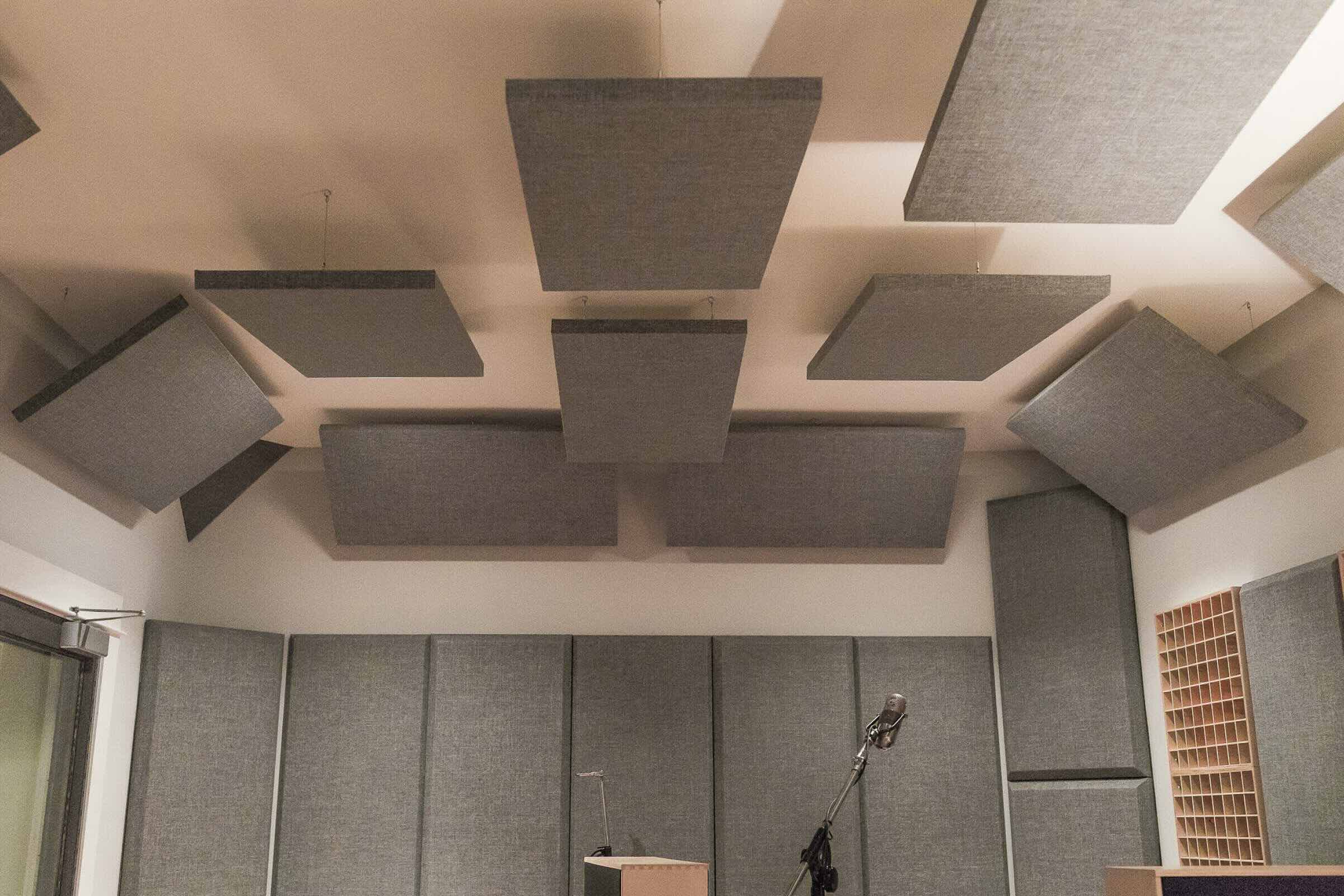
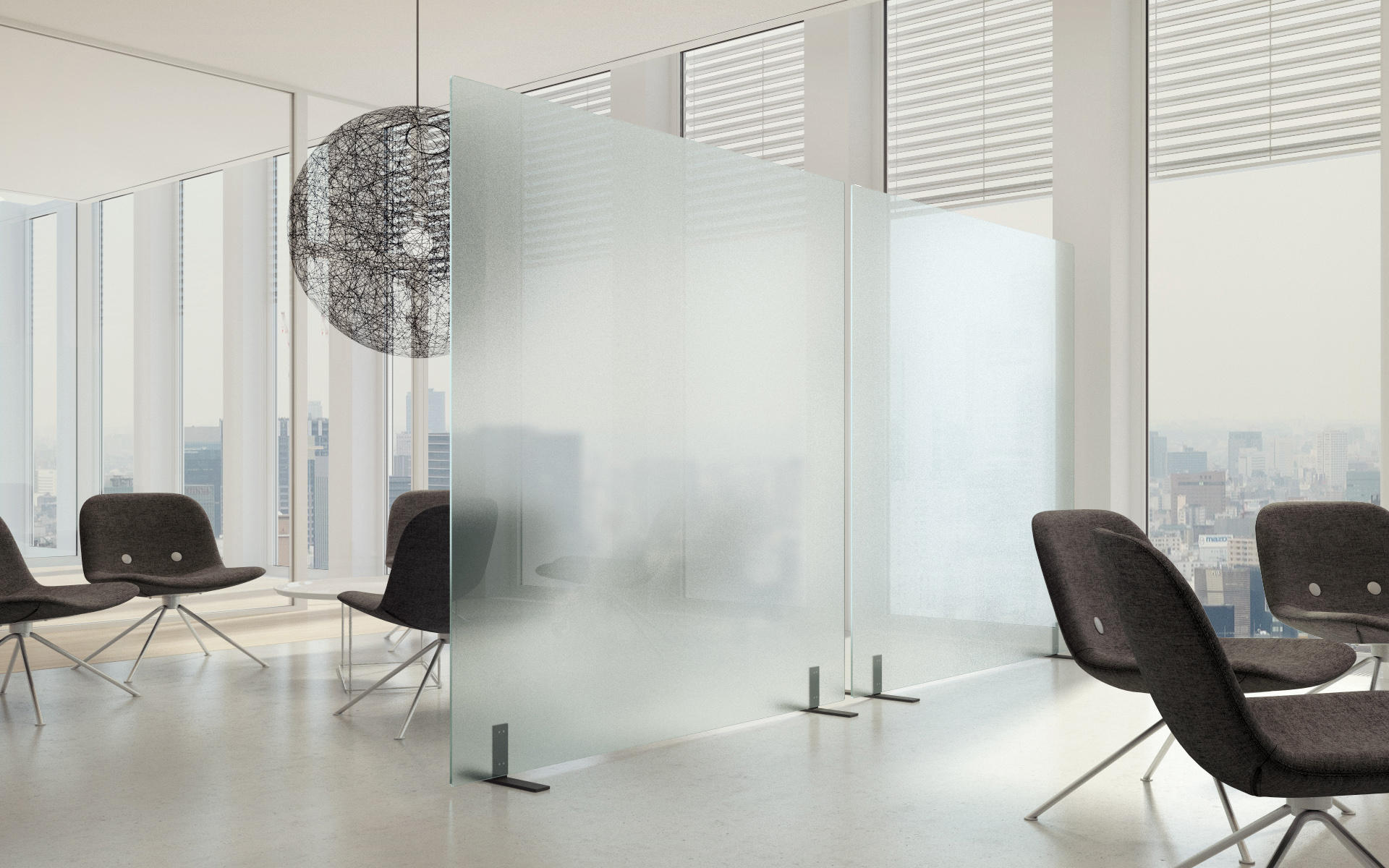

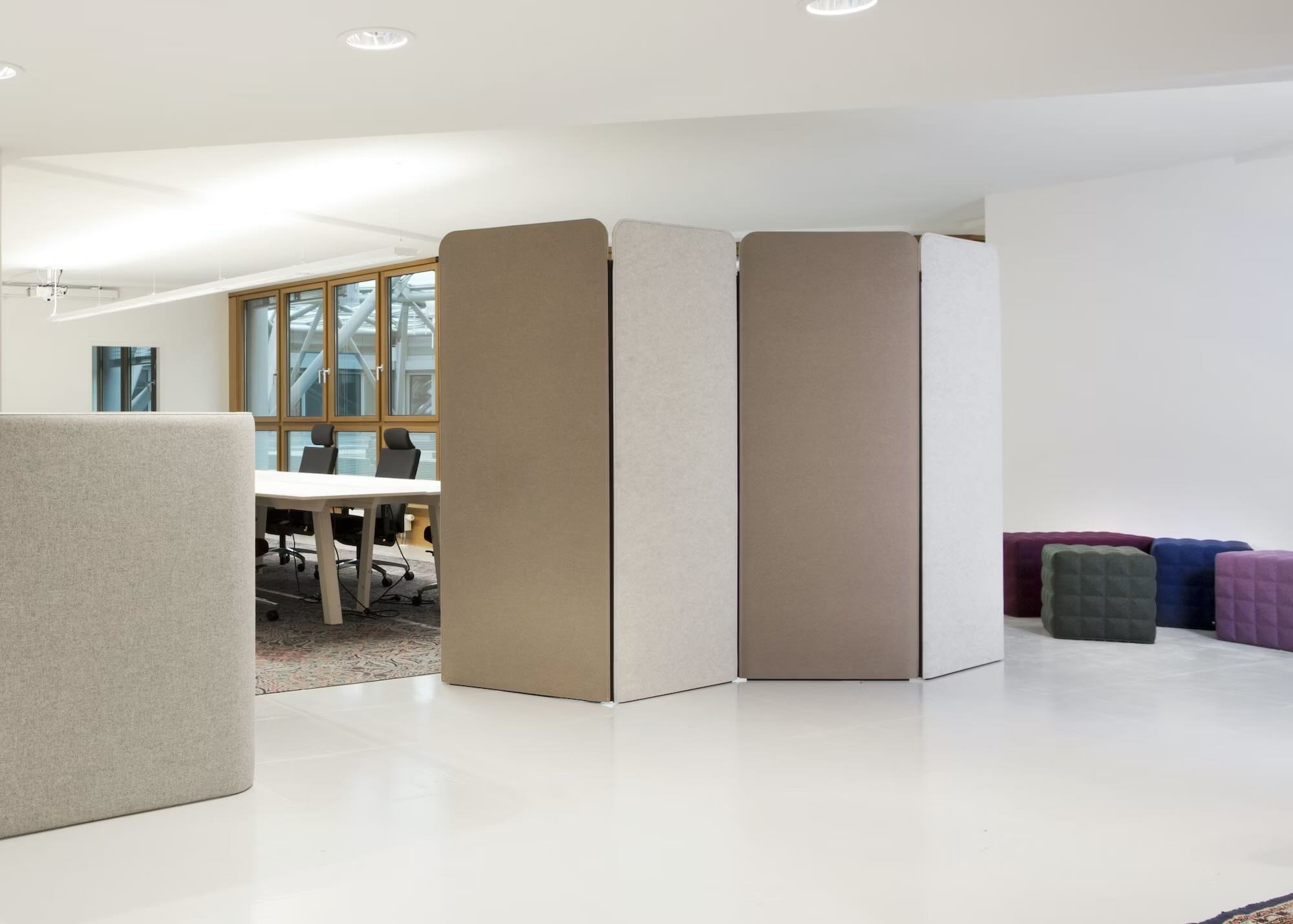

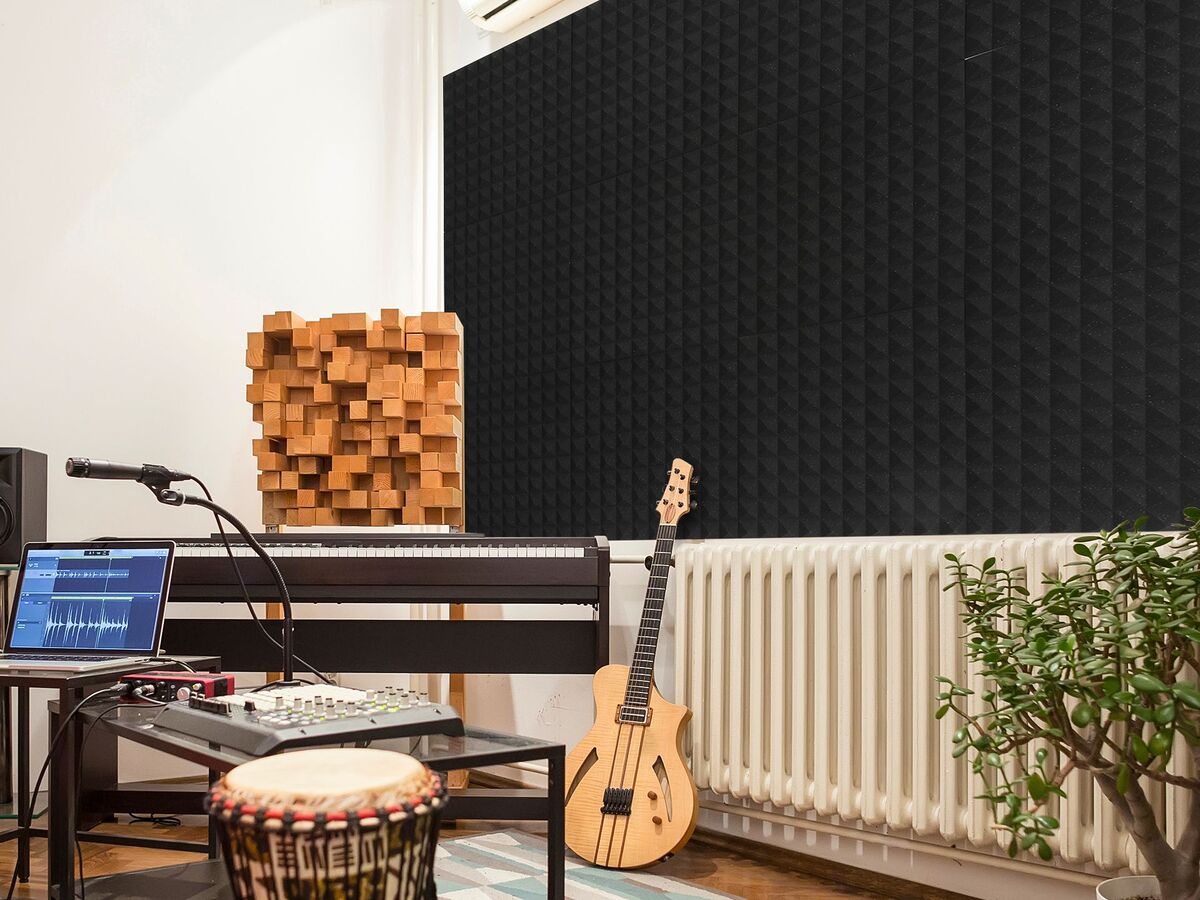


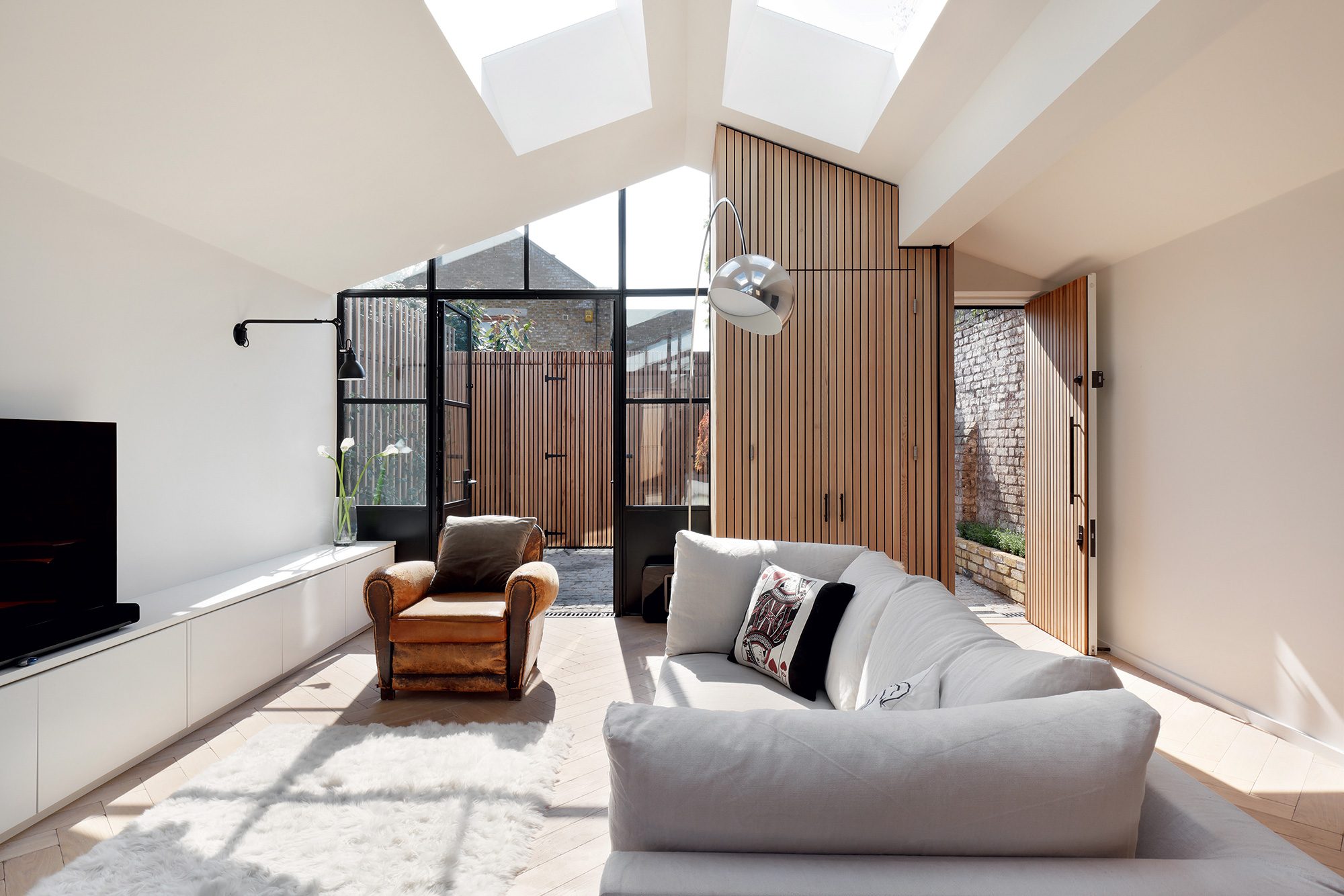
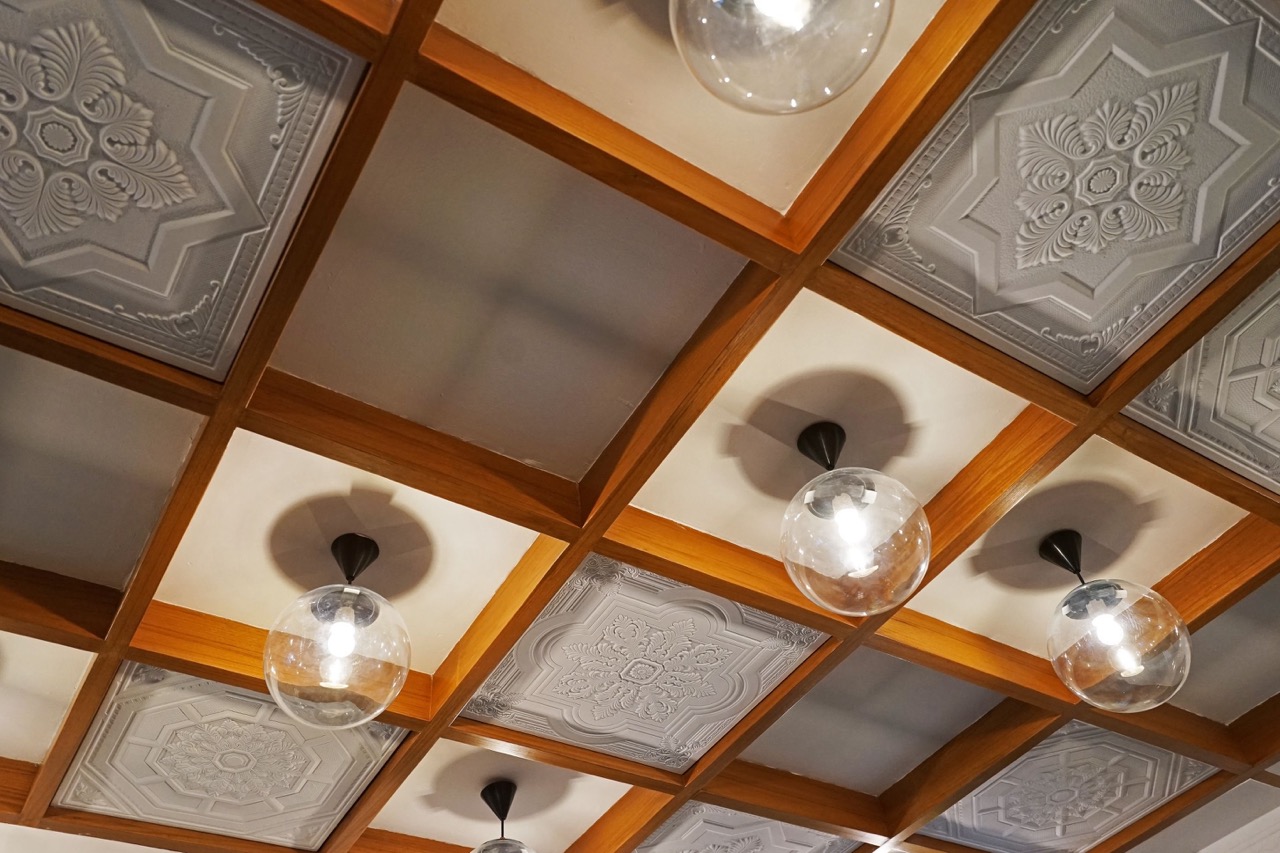
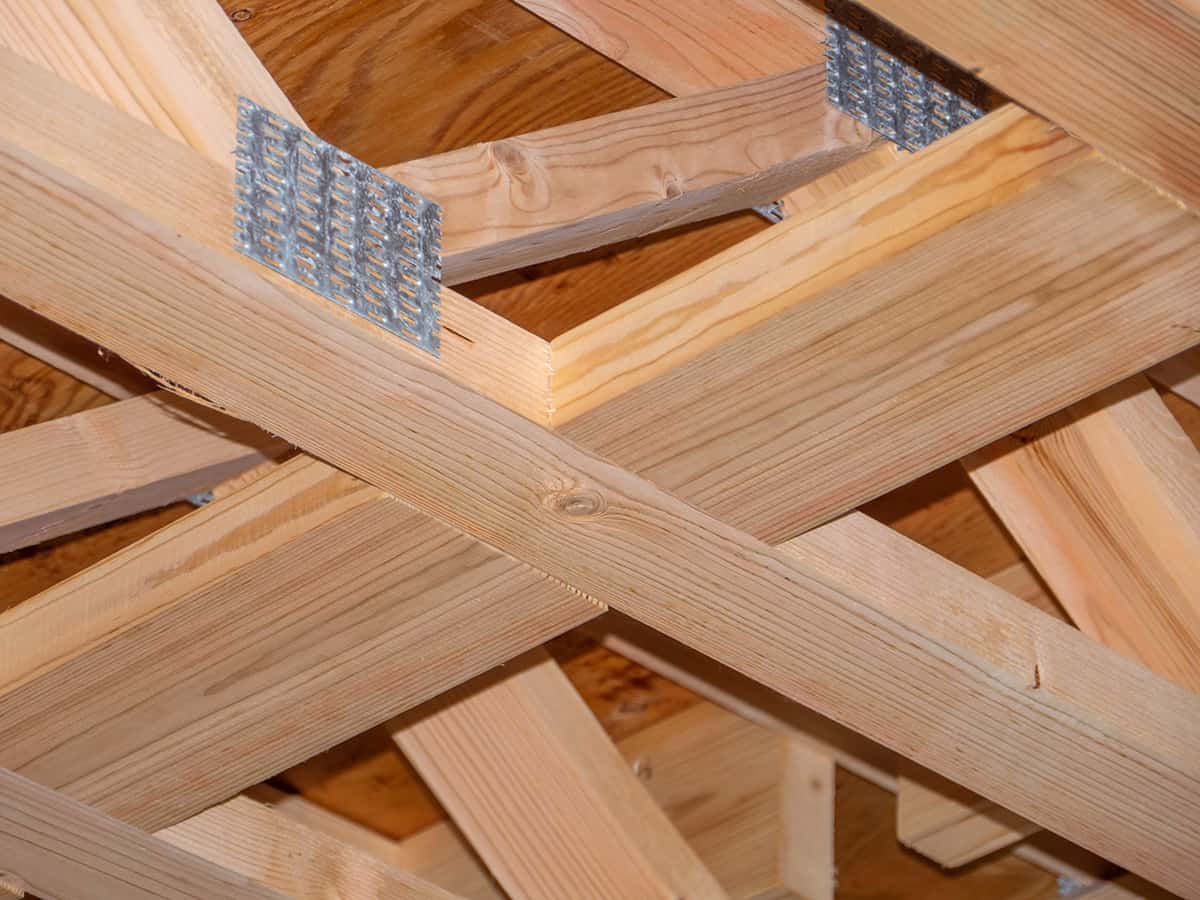
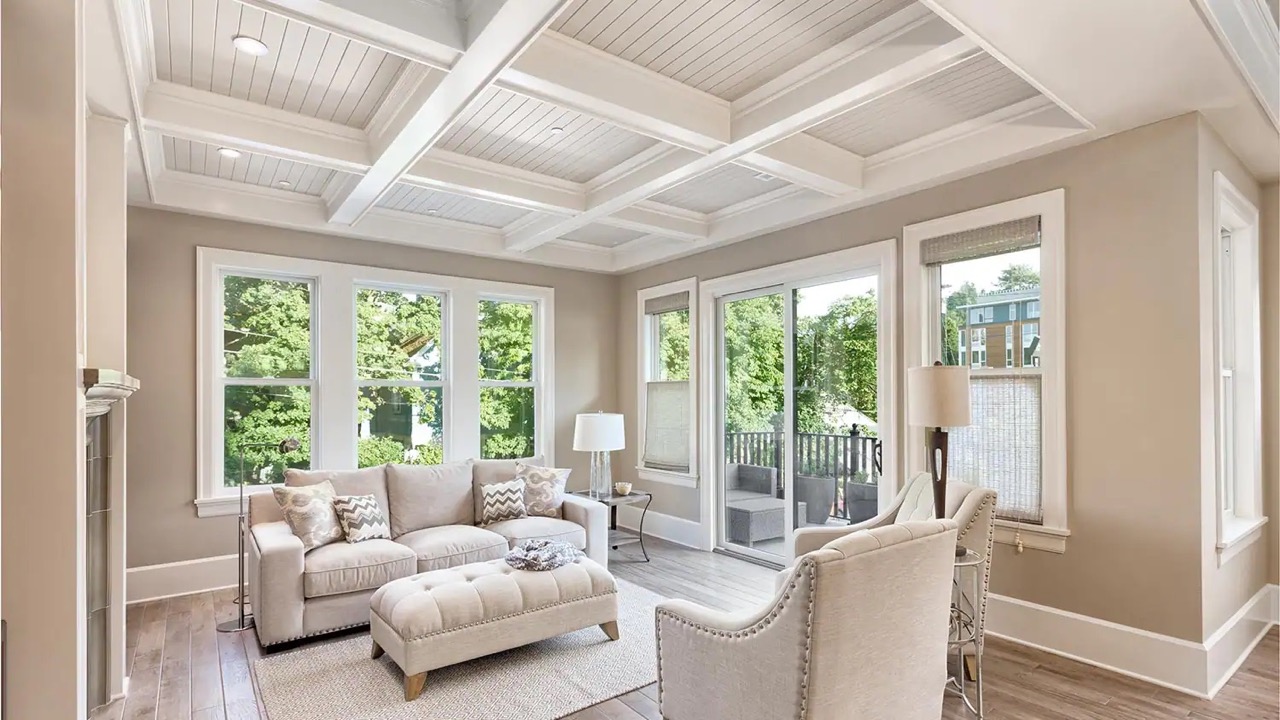



0 thoughts on “What Is An Acoustical Ceiling”